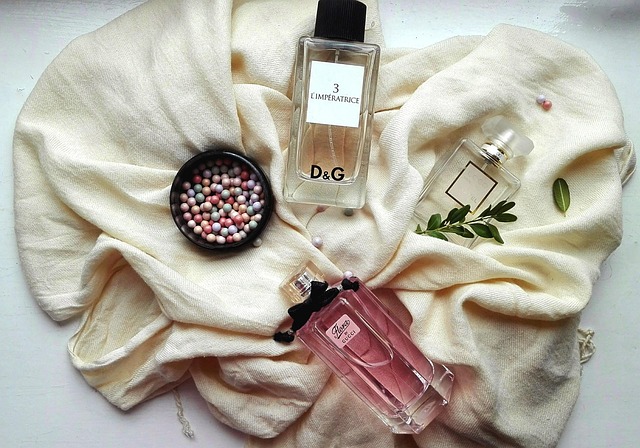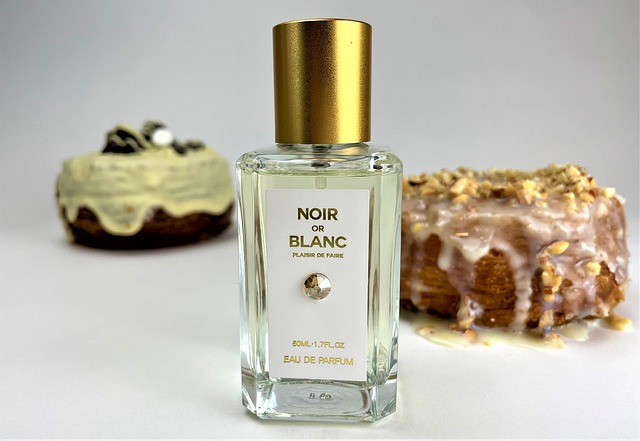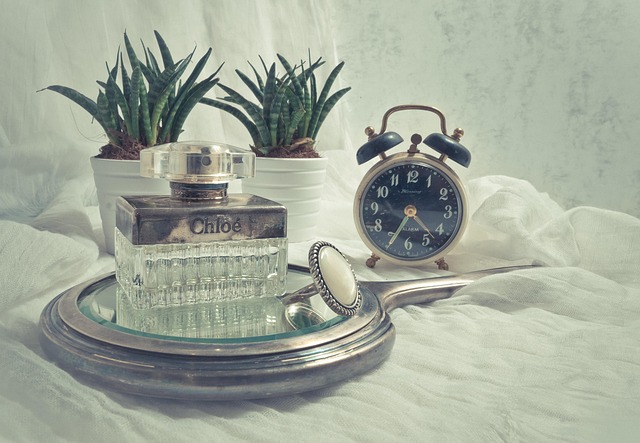The perfume industry shifts towards neutral and inclusive scents, challenging gender stereotypes with Coach Perfume leading the way. Brands like Coach create unisex fragrances blending traditional masculine and feminine notes, appealing to diverse tastes and breaking binary associations. This trend reflects contemporary society's fluidity in gender expression and embraces individual preferences beyond traditional perfumery classifications.
In a world where fragrances are often stereotyped as distinctly masculine or feminine, is it possible to create a scent that transcends these norms? This article explores the perceived gender leanings of fragrance, dissects the stereotypes of masculine and feminine scents, and showcases Coach Perfume as a successful example of neutrality. We’ll delve into sensory perception, cultural influences, and the evolving landscape of perfumery designed for all genders.
- The Perceived Gender Leanings of Fragrance
- Unpacking Stereotypes: Masculine and Feminine Scents
- Coach Perfume: A Case Study in Neutrality
- Sensory Perception and Cultural Influences
- Redefining Perfumery for All Genders
The Perceived Gender Leanings of Fragrance

The perception of gender in fragrances is a fascinating aspect of the perfume industry. Traditionally, certain scents have been marketed and associated with specific genders, creating a stereotypical notion. However, modern perfumery challenges these norms, aiming for neutral or inclusive fragrances that transcend traditional boundaries.
When it comes to iconic coach perfumes, like Coach by Coach or Coach Floral, there is an artful balance between notes that can appeal to both men and women. While some may perceive these scents as more feminine due to floral and fruity accords, others find them versatile and suitable for any gender expression. The same applies to Coach Cologne (or Coach Eau de Toilette), where woody and aromatic components create a fresh yet subtle aroma, defying traditional masculine or feminine fragrances. This trend towards neutrality in perfumery is a testament to the diverse tastes and breaking of stereotypes in today’s market.
Unpacking Stereotypes: Masculine and Feminine Scents

In our exploration of whether scents are inherently masculine, feminine, or truly neutral, it’s crucial to first unpack the stereotypes associated with them. The notion that certain fragrances cater exclusively to men (masculine) or women (feminine) is a societal construct deeply rooted in historical marketing strategies. These perceptions have been challenged over time as consumers and perfume manufacturers alike begin to question these rigid categories.
When we look at popular offerings like Coach Perfume or even Coach Cologne, it becomes evident that many modern scents defy binary stereotypes. Brands are increasingly creating fragrances that appeal to a diverse range of individuals, reflecting the fluidity of gender expression in our contemporary world. This shift is not only about marketing but also about embracing the complexity and variety that individual preferences bring to the table, moving beyond traditional associations of scents with specific genders.
Coach Perfume: A Case Study in Neutrality

The fragrance industry has long been associated with gender stereotypes, where certain scents are marketed exclusively to men or women. However, the rise of unisex and gender-neutral perfumes challenges this notion, aiming to break free from traditional gender boundaries. One such example is Coach Perfume, a scent that has garnered attention for its inclusive appeal.
Coach, known for its luxurious and timeless designs, extended its brand into the world of fragrances with Coach Perfume, offering a unique olfactory experience. This fragrance defies conventional norms by blending notes typically associated with both masculine and feminine scents, creating an aroma that transcends gender. The scent’s composition includes refreshing top notes of citrus and pepper, mingling with floral heart notes, and ending on a warm, woody base, making it appealing to a diverse range of wearers. By embracing this neutral approach, Coach has successfully crafted a perfume that challenges societal norms and caters to the growing demand for gender-neutral fragrances, such as its counterpart, Coach Cologne.
Sensory Perception and Cultural Influences

Our perception of a fragrance’s identity is deeply rooted in sensory perception and cultural influences. The way we interpret scents isn’t merely based on chemical composition but also on personal experiences, societal norms, and gender stereotypes. For instance, certain fragrances are marketed as feminine due to their floral or fruity notes, while others with woody or spicy profiles are considered masculine. This association is often reinforced by historical trends and advertising campaigns that shape our expectations.
When it comes to popular brands like Coach, known for their perfumes and colognes (such as Coach Perfume and Coach Cologne), these stereotypes play a significant role. However, modern fragrance design challenges traditional gender lines. Many contemporary scents strive for neutrality, aiming to appeal to all genders without reinforcing outdated norms. This shift towards inclusivity reflects a broader cultural movement, encouraging expressions of individuality beyond rigid binary classifications.
Redefining Perfumery for All Genders

In the realm of perfumery, the traditional association of scents with gender has begun to evolve. The industry is now witnessing a significant shift towards redefining fragrances that transcend conventional masculine or feminine categories, aiming for a more inclusive and neutral space. This change is evident in various ways, one notable example being the rise of Coach Perfume.
Brands like Coach are challenging stereotypes by introducing scents that appeal to all genders, often referredring to as unisex fragrances. Their offerings, including variations on both Coach Cologne and women’s perfumes, showcase a careful blend of notes that create an olfactory experience that is neither overly floral nor too woody, thus appealing to a broader audience. This trend is not just about marketing but also reflects a growing awareness of the diverse preferences and identities within our society.






